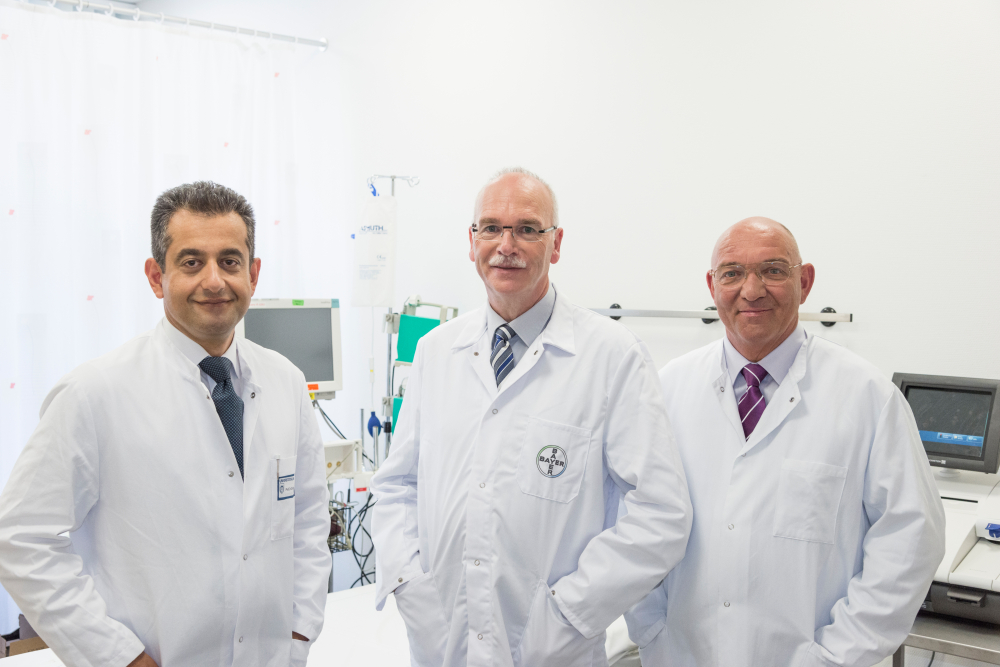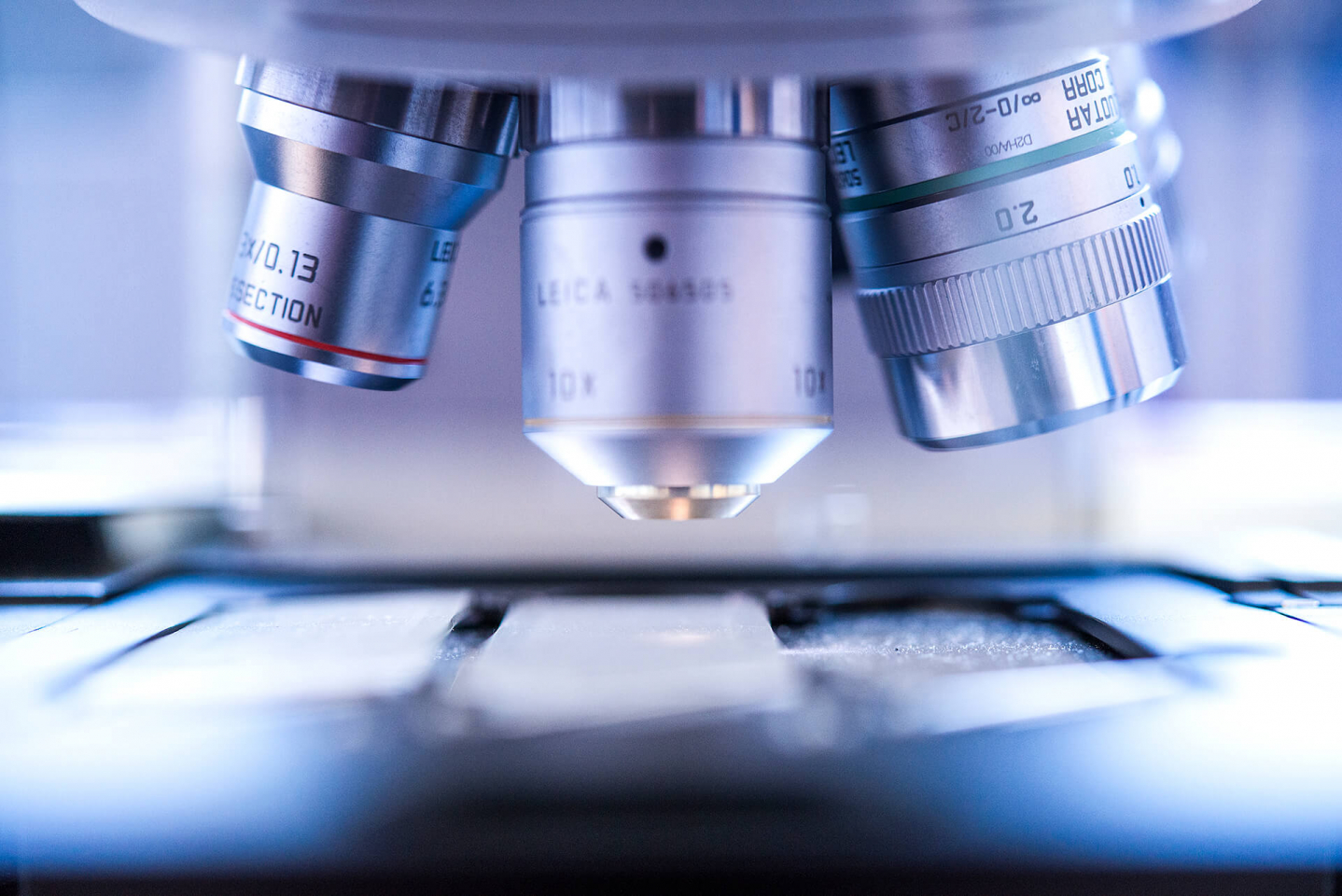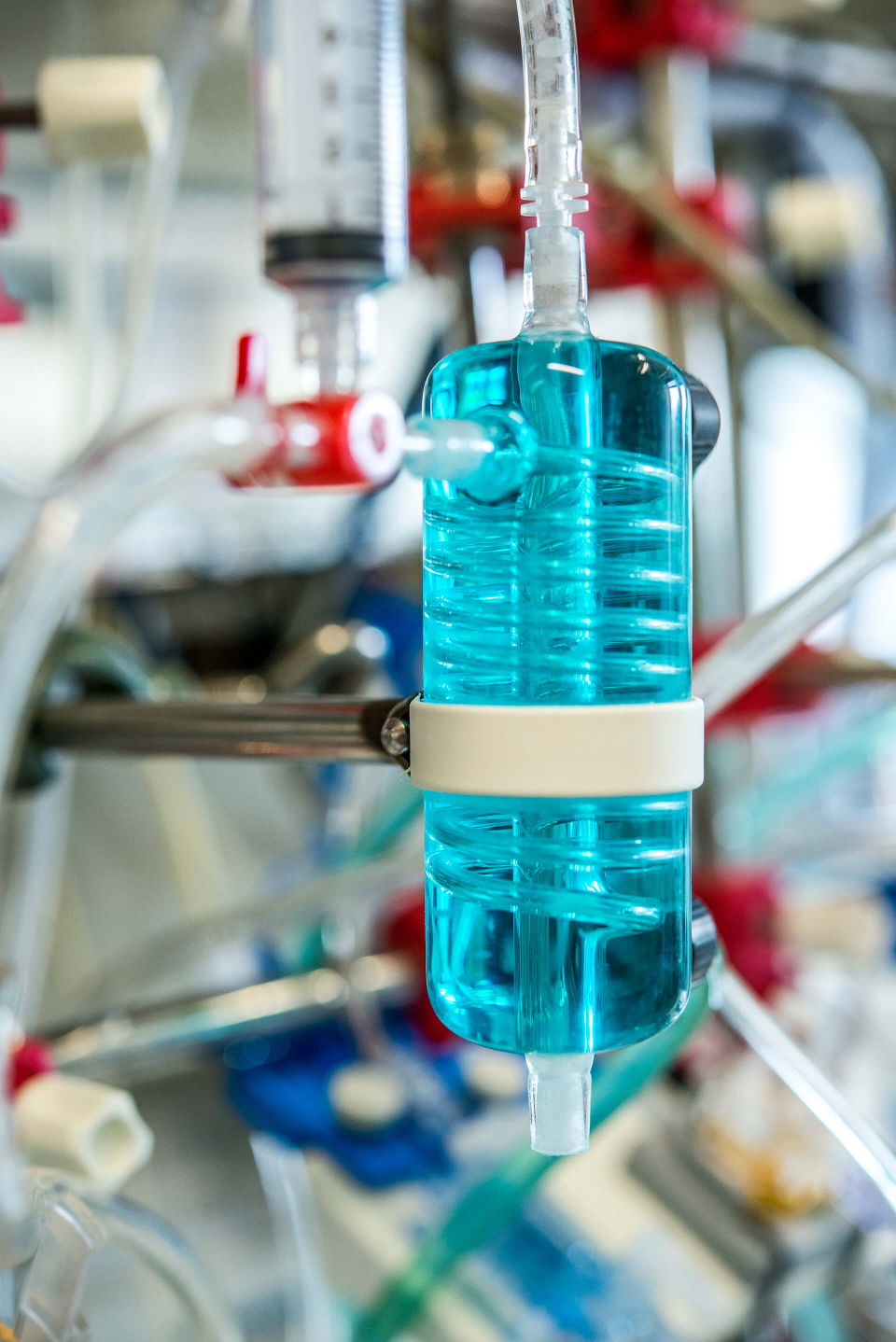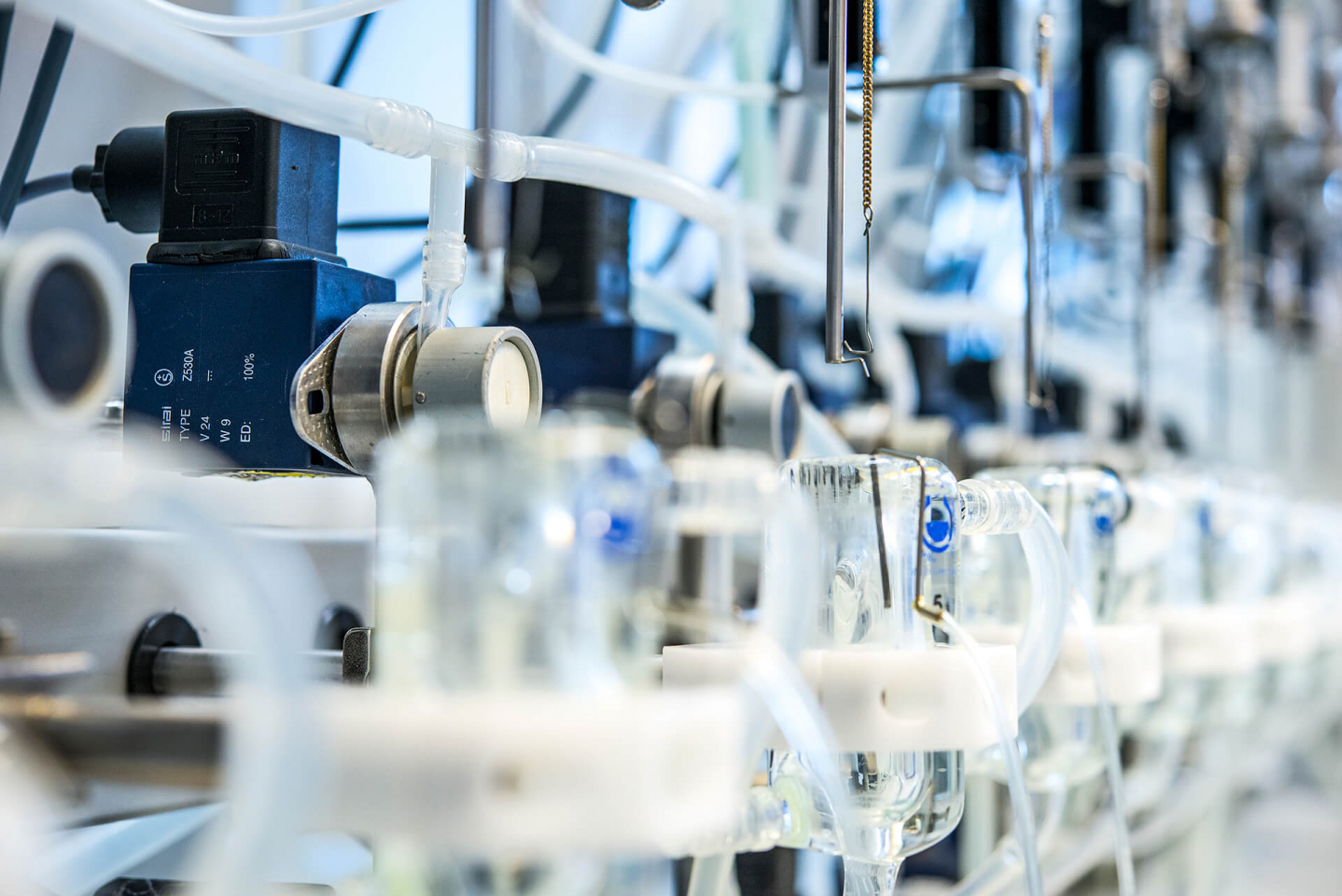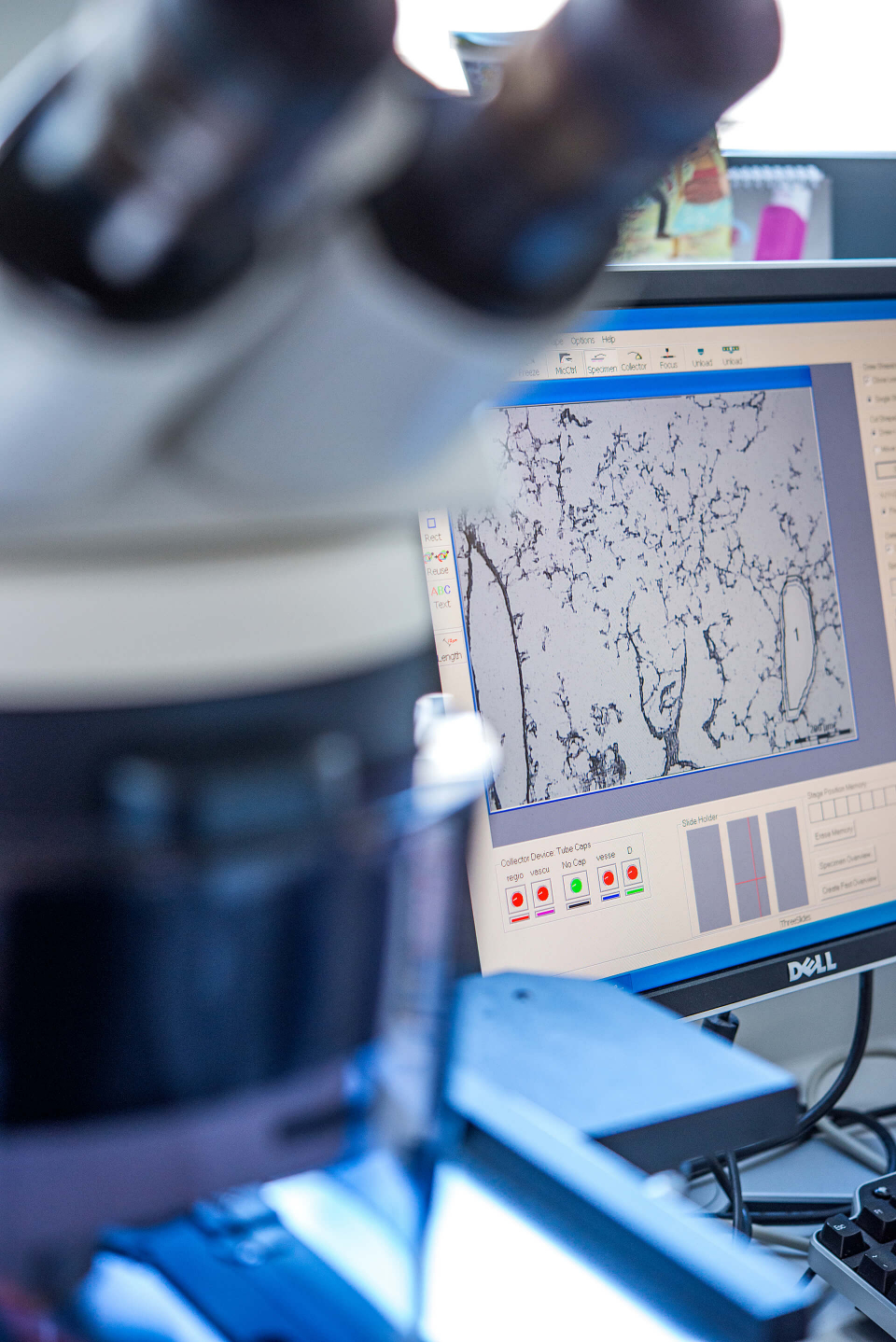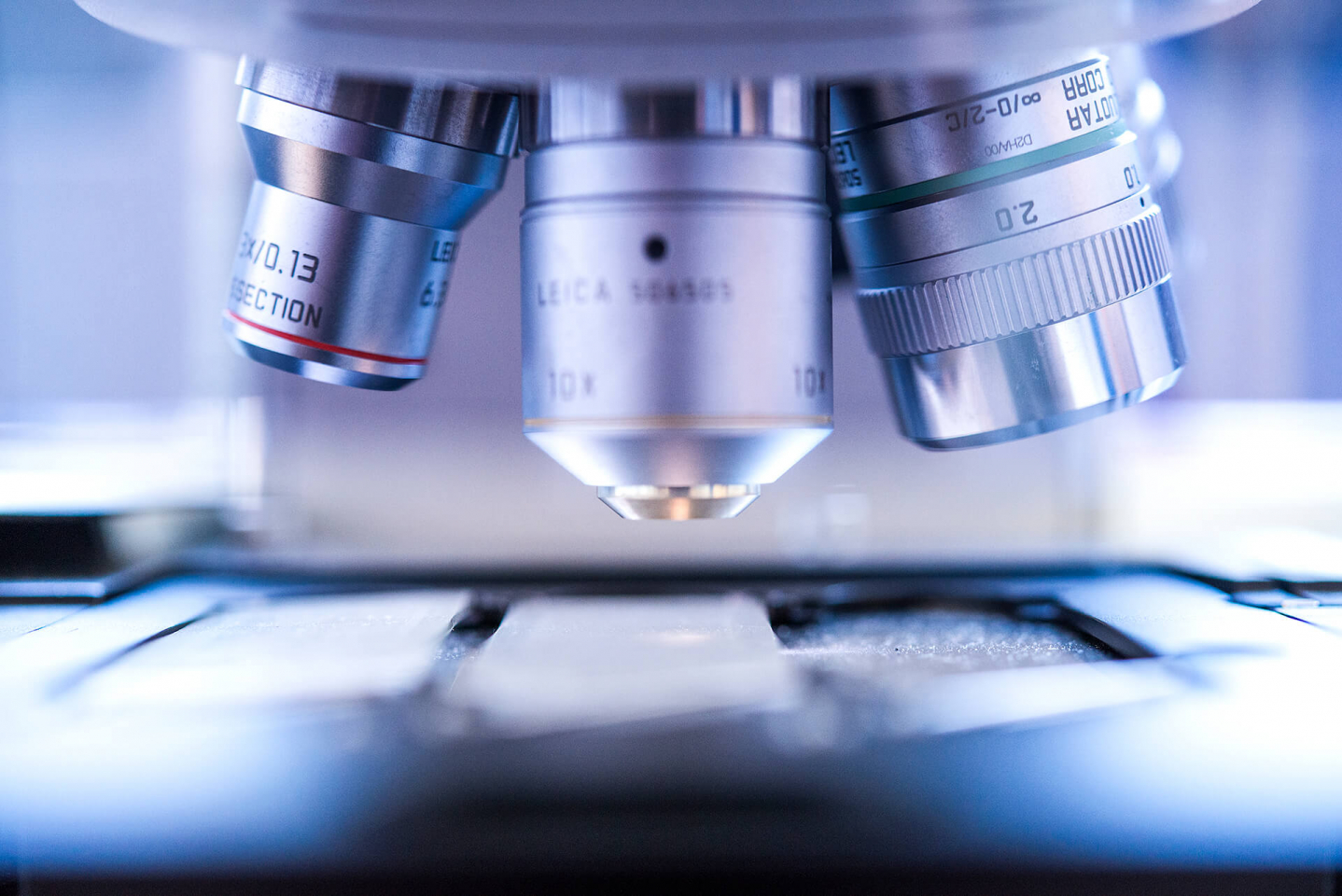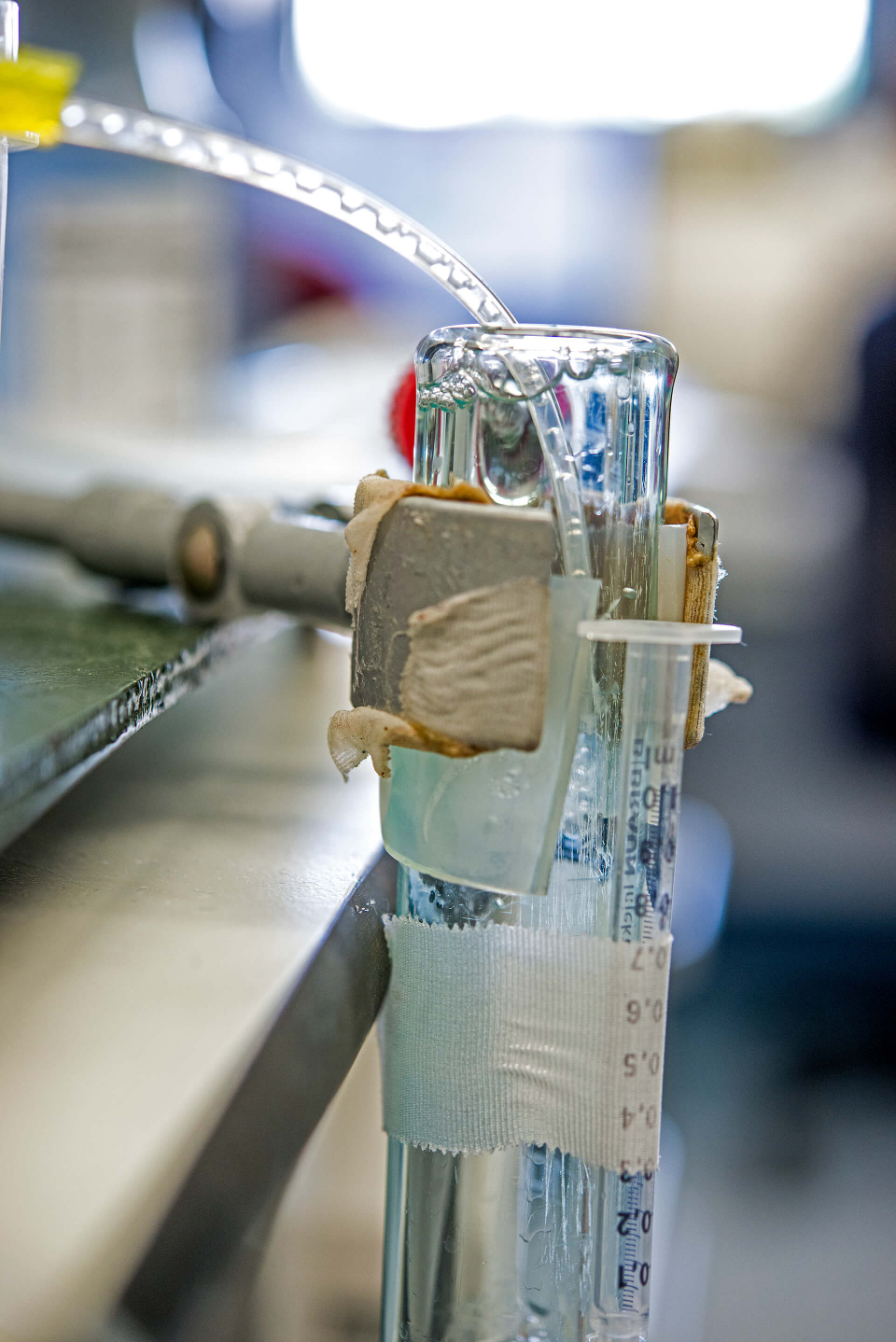
Winner 2015
Entlastung für Herz und Lunge
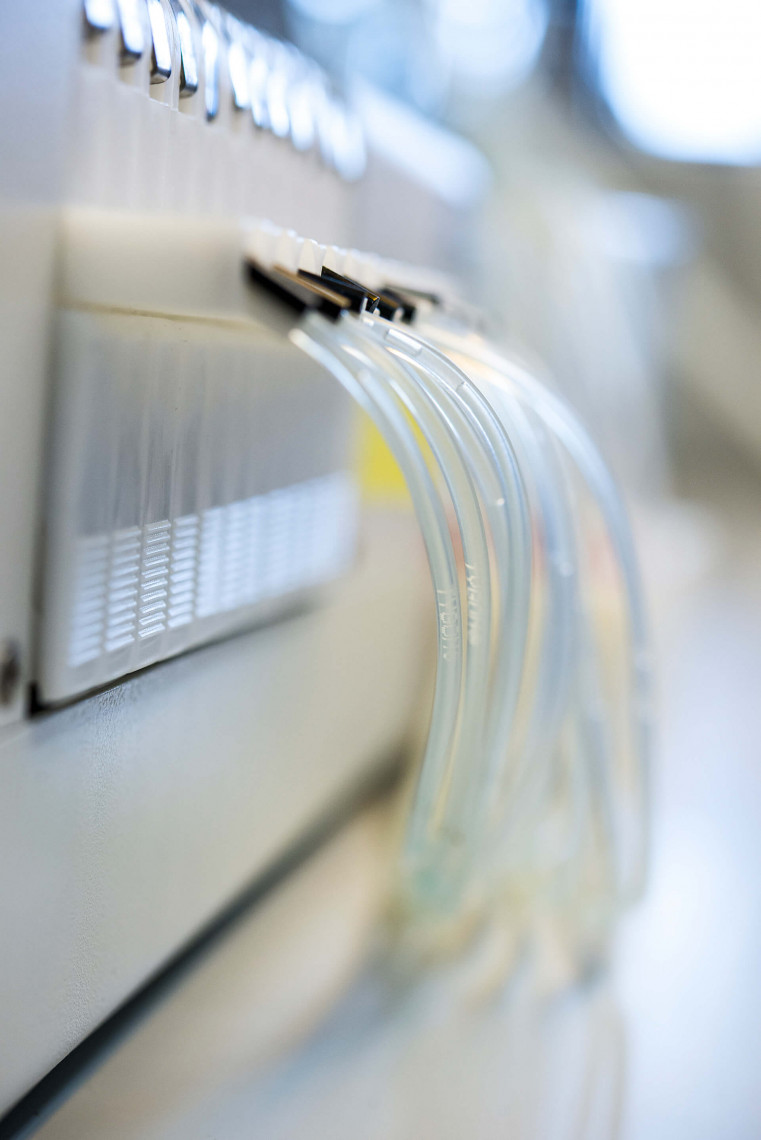
Prof. Dr. Ardeschir Ghofrani, Dr. Reiner Frey and Prof. Dr. Johannes-Peter Stasch have developed an innovative drug that is effective in treating two forms of the serious and progressive disease. In the course of their work, the researchers discovered a mechanism of action that directly affects the molecular processes in the cardio-pulmonary system - and in the future could also be used to treat a number of other diseases. Johannes-Peter Stasch is an honorary professor for pharmaceutical research at the University of Halle-Wittenberg and was the senior fellow in cardiovascular research at Bayer Pharma AG. Reiner Frey also worked at Bayer as a senior fellow in clinical pharmacology. Ardeschir Ghofrani is head of the Pulmonary Hypertension Clinic at University Clinic Giessen und Marburg and is medical director of the Kerckhoff Clinic in Bad Nauheim.
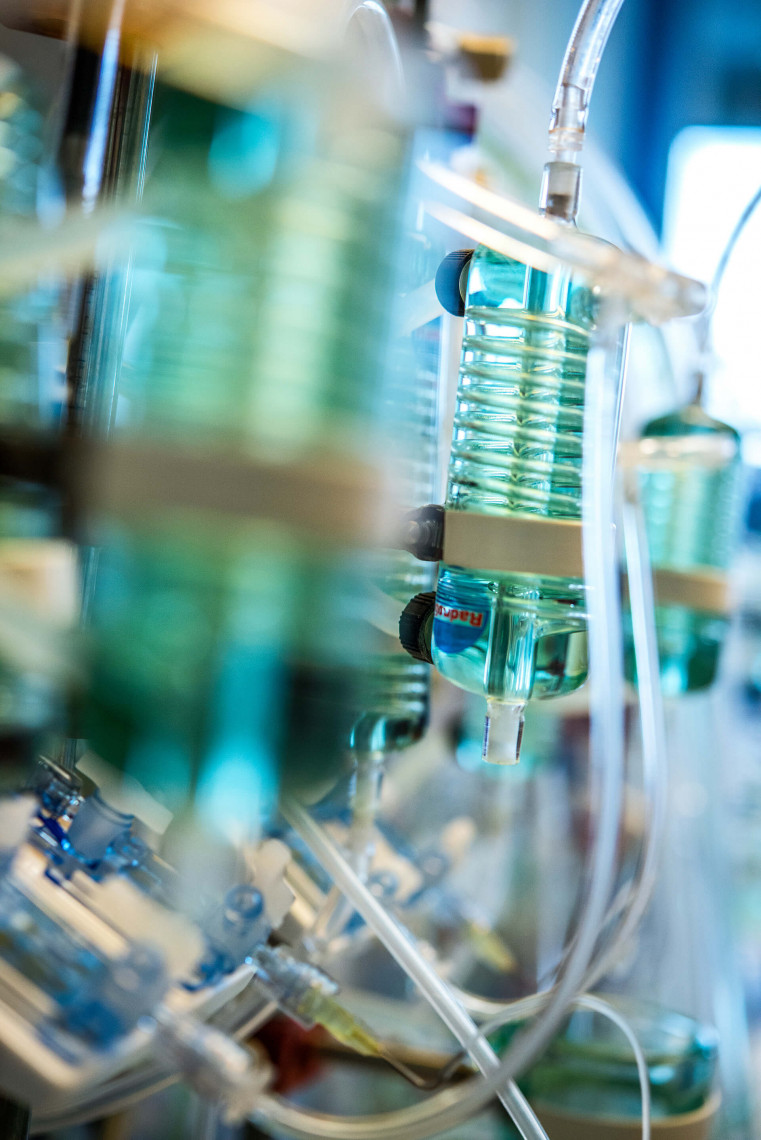
The use of nitroglycerin in the treatment of cardiovascular diseases began 130 years ago. Initially used as an explosive, it is administered to treat angina pectoris. In the body, it releases nitric oxide (NO) that dilates blood vessels and lowers blood pressure, but it also degrades rapidly.
more details
Resumes
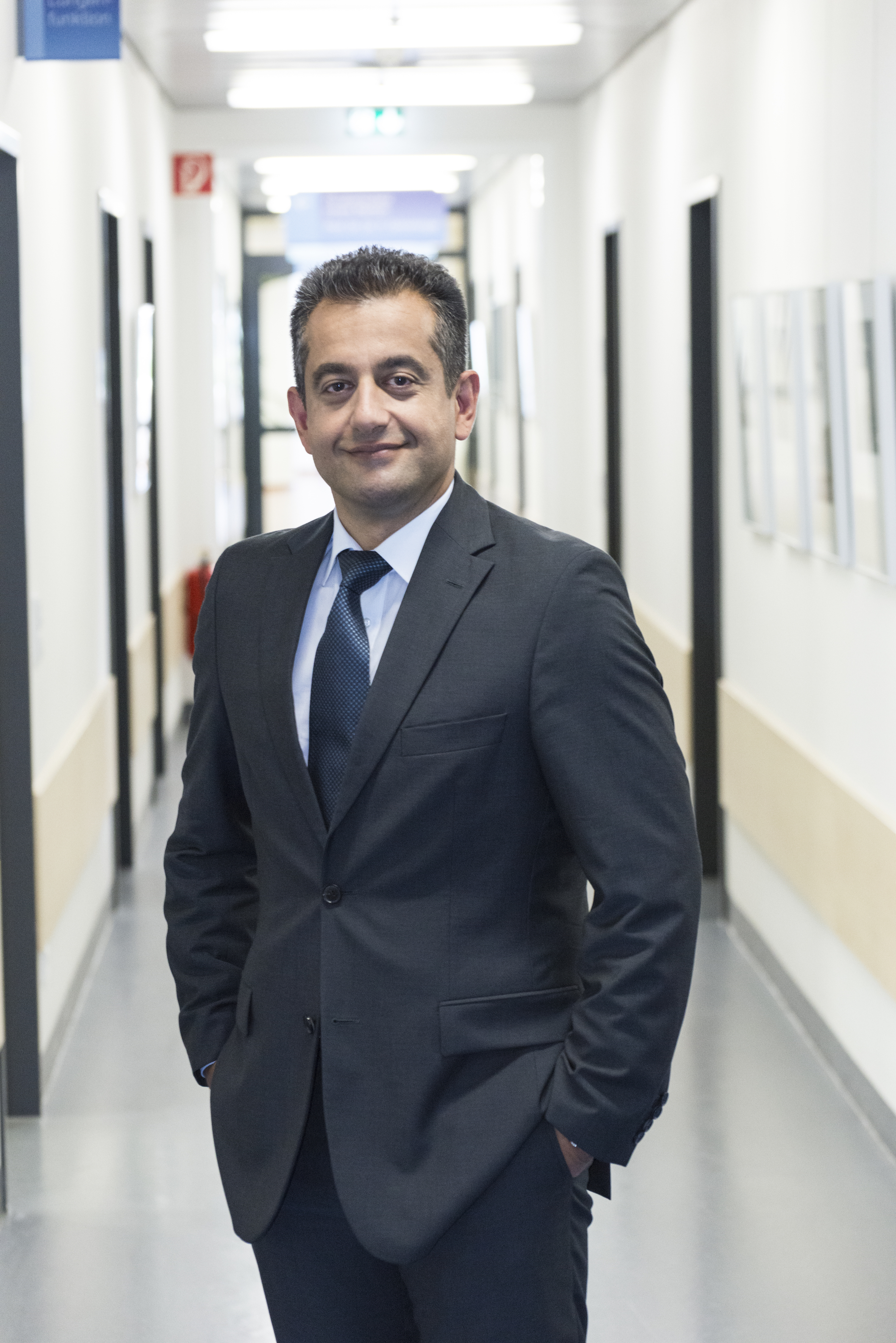
Prof. Dr. med. Ardeschir Ghofrani
- 07.06.1967
- Born in Clausthal-Zellerfeld
- 1986
- Abitur – diploma from German secondary school qualifying for university admission or matriculation
- 1986
- Study of chemistry, RWTH Aachen
- 1987 – 1994
- Medical school Justus-Liebig-University Giessen
- 1994 – 2003
- Resident, Medical Clinic II, University Hospital Giessen
- 2003
- Senior house officer, Medical Clinic II, University Hospital, Head of Pulmonary Hypertension Outpatient Clinic
- 2004
- Specialist Internal Medicine (medical licence)
- 2005
- Habilitation in Internal Medicine, topic „Inhaled Prostanoids and Phosphodiesterase-5-Inhibitors for the Treatment of Pulmonary Hypertension“
- 2006
- Associate Professor for Internal Medicine, JLU Giessen
- since 2007
- „Area Leader“ at the Excellence Cluster Cardiopulmonary System (ECCPS)
- since 2007
- Member of the Steering Committee of the ECCPS
- since 2009
- Full Professor „Chair for Pulmonary Vascular Research“ JLU Gießen, Germany
- since 2009
- Head of Department Pneumology, Kerckhoff-Clinic Bad Nauheim, Germany
- since 2009
- Medical Executive Director, Kerckhoff-Clinic Bad Nauheim, Germany
- since 2013
- Professor for Pulmonary Vascular Medicine, Department of Medicine, Imperial College London, UK (part time)
Honors:
- 2002
- “Travel Award” of the American Thoracic Society; Pulmonary Circulation Assembly
- 2002
- Francois Brenot Award of the European Respiratory Society “For promising young investigator in pulmonary vascular sciences”
- 2004
- Award of the “René-Baumgart-Foundation”
- 2004
- Paul-Martini-Prize
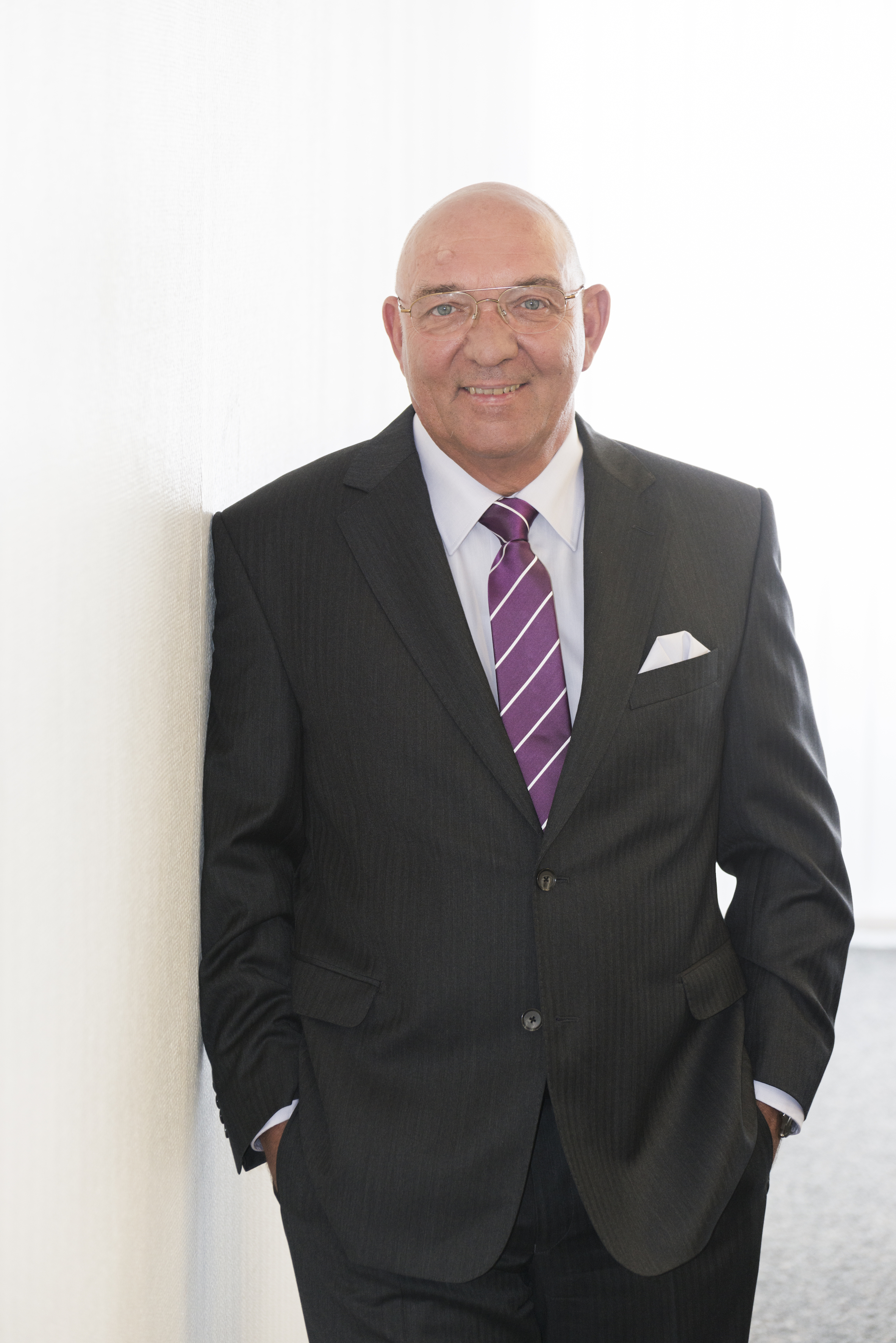
Dr. med. Reiner Frey
- 06.10.1949
- Born in Nagold
- 1968
- Abitur, High School, Nagold
- 1971 – 1977
- Medical Studies, Eberhard Karls University Tübingen
- 1977 – 1978
- Medicinal Assistant at the department „anesthesia, surgery and internal medicine”
- 1978
- License to practice medicine („Approbation“)
- 1978
- Ph. D., at the chair and department for pediatric cardiology at the Eberhard Karls University Tübingen,
Topic: „Echocardiographic findings in the infantile Idiopathic Hypertrophic Subaortic Stenosis“ - 1979 – 1986
- Medical specialists training in pediatrics and pediatric cardiology at the University children’s hospital in Tübingen
- 1986
- Medical specialist approval in pediatrics and pediatric cardiology
- 1987
- Qualification in emergency medical services
- 1988
- Additional qualification in sports medicine
- 1986 – 1988
- Resident physician at the Department for Internal Medicine at the county hospital in Nagold
- 1989 - 2015
- International Clinical Project Lead, Department of Clinical Pharmacology, Bayer AG, Wuppertal
- since 1998
- Clinical development of sGC-stimulators
- 2004
- Start of the clinical development of Riociguat
- 2010
- Chief Scientist, Bayer HealthCare
- since 2015
- Senior Consultant

Prof. Dr. rer. nat. habil. Johannes-Peter Stasch
- 18.08.1954
- Born in Hessisch-Oldendorf
- 1965 – 1973
- Schiller High School, Hameln, “Abitur” examination
- 1973 – 1978
- Studies Leibniz University Hannover and Julius-Maximilians-University Würzburg Degree dissertation, Physical Chemistry Department, Julius-Maximilians- University, Würzburg
- 1978 – 1980
- Alternative civilian service Neurochemistry Department, Würzburg University Hospital
- 1980 – 1983
- Doctorate Dr. rer. nat., Neuropharmacology Department, Würzburg University Hospital, and Inorganic Chemistry Department, Bielefeld University,
Topic: Sila-piperidines and silylated piperidines with potential anti-Parkinson activity – syntheses, receptor binding studies and influences on the chemical signal transmission in the central nervous system”.
- 1980 – 1983
- Pharmacy studies Julius-Maximilians- University, Würzburg
- 1983 – 1984
- Internship Raths-Apotheke pharmacy, Hameln, and Pharma Hameln GmbH
- 1984
- License to practice pharmacy
- 1984
- Laboratory head at Bayer AG’s Institute for Cardiovascular Research in Wuppertal,
Research Scientist - 1985
- Senior Research Scientist Bayer AG Wuppertal
- 1990
- Principal Research Scientist
- 1991
- Qualification as a specialist in drug product information
- 1991
- Authorization to train students in drug product information
- 1995
- Research Fellow
- 2003
- Qualification to teach pharmacology, Martin-Luther-University, Halle-Wittenberg University, associate professor
- 2004
- Senior Research Fellow, Bayer AG, Wuppertal
- 2008
- Chief Scientist, Bayer HealthCare
- 2010
- Honorary professor of Industrial Drug Discovery and Development
- 2015
- Senior Consultant Bayer AG Wuppertal
Honors:
- 2008
- European Federation of Pharmaceutical Industries and Associations (EFPIA)
“Achievements in fundamental research in cardiology” - 2008
- Otto Bayer Medal
- 2013
- Elected a member of Deutsche Akademie der Naturforscher Leopoldina - Nationale Akademie der Wissenschaften
Contact
Spokesperson
Prof. Dr. Ardeschir Ghofrani
Universitätsklinikum Gießen
Klinikstraße 36
35392 Gießen
Phone: + 49 (0) 641 / 99 42 422
E-Mail: Ardeschir.Ghofrani@innere.med.uni-giessen.de
www.uni-giessen.de
Press
Dr. Katharina Jansen
Brand, Communication & Government Relation, Science & Research
Bayer AG
Phone: +49 (0) 214 / 30 33 243
E-Mail: katharina.jansen@bayer.com
www.bayer.com
A description provided by the institutes and companies regarding their nominated projects
Pulmonary Hypertension and the Innovative Treatment Option for this breath-taking disease
Riociguat is the first in an innovative class of medicines approved for the treatment of two life-threatening forms of pulmonary hypertension (PH) – namely, inoperable chronic thromboembolic pulmonary hypertension (CTEPH) or persistent or recurrent CTEPH after surgical treatment, and specific forms of pulmonary arterial hypertension (PAH). Patients with PH have a significantly limited quality of life and experience a decrease in physical performance, shortness of breath, and fainting for cardiovascular reasons, which severely reduce their ability to perform even everyday activities such as climbing stairs or household activities. If patients remain untreated, pulmonary hypertension will result in death due to heart failure within very few years.
A drug to restore the body’s natural mechanism
Nitroglycerine began life as an explosive substance! However, for more than 130 years it has also been used in medicine as a remedy for angina pectoris because of its vasodilatory effects. In the human body, nitroglycerin acts by releasing nitric oxide (NO). Functions of NO include, among others, the regulation of vessel diameter and blood pressure. This discovery has been awarded with the Nobel Prize for Medicine in 1998. However, nitroglycerine degrades rapidly and therefore is not suitable as a long-term medication.
NO is also synthesized by the body itself. Patients with PH have an impaired capacity to make their own NO, leading to the increase of blood pressure in the arteries of their lungs. However, NO has a partner, an enzyme called soluble guanylate cyclase (sGC) which mediates the vasodilatory effect of NO.
At Bayer, scientists began intense search for substances which enhance NO synthesis in 1994. Unexpectedly, they discovered direct stimulators of sGC, and, thus, a new way to dilate blood vessels and to relieve the heart. In 1997, after having synthesized and tested 4000 substances, the first potential drug candidates were identified. The breakthrough was achieved in the year 2000 when the active substance riociguat was synthesized. Riociguat stimulates sGC directly and in addition to that brings the enzyme into a status that makes it more sensitive to the body’s own NO.
At the same time, scientists at the lung research center of the Justus Liebig University at Giessen showed that medications that increase the effects of NO or even replace NO altogether constitute a promising new therapeutic option for pulmonary hypertension.
Meanwhile, there is an emerging body of evidence suggesting that sGC stimulators might have therapeutic benefits in many other cardiovascular diseases that are associated with defects of the NO-sGC signaling pathway. In a worldwide strategic collaboration, Bayer and its partner MSD (known as Merck in the U.S. and Canada) are currently working to investigating this potential in a comprehensive study program.
Pulmonary Hypertension – A life-threatening disease
When oxygen is scarce (e.g. at high altitudes), the walls of the lung vessels react by narrowing. This is a natural adaptation mechanism in all mammals. However, the human body is not adapted to a continuous increased pressure in the pulmonary circulation system. There are five different types of PH with different causes but similar impact on most patients.
Chronic thromboembolic pulmonary hypertension or CTEPH is a type of PH caused by recurrent blood clots washed into the lungs with the blood stream but originating in distant veins (so-called emboli). Usually such clots are degraded by the body, but in CTEPH patients the clots form scars and lead to permanent occlusion of some of the pulmonary arteries. Blood from the right ventricle, pumped into the lungs to be loaded with oxygen, must now be pumped through significantly fewer vessels. This leads to an increased pressure and ultimately may result in heart failure and death. For many patients, a surgical procedure to re-open the blocked branches of the pulmonary arteries is a potential cure. However, 20-40% of CTEPH patients are not operable and in up to 35% of patients, the disease persists or reoccurs after surgery. These patients need an effective pharmacological treatment. With Riociguat, there is now an approved medication available – for the first time ever.
Pulmonary arterial hypertension or PAH is also characterized by an increased blood pressure in the pulmonary circulation system, but in this case, apart from a narrowing of the arteries, uncontrolled cell growth is the cause of the disease. PAH can have a genetic cause, but apart from that, this equally deadly form of pulmonary hypertension can also be caused by infection, certain toxins and some drugs. In spite of several approved drugs available for patients with PAH, the prognosis for these patients has remained poor, resulting in the need for new treatment options.
Pharmaceutical Innovation, from bench to bedside, in Germany
Riociguat is an outstanding example of how German industry and academia worked closely together to bring an important and innovative treatment to severely ill patients all over the world. The distinct mode of action of sGC stimulation and its medical significance were discovered by Bayer scientists in Wuppertal, Germany. In the research and development of Riociguat for the treatment of pulmonary hypertension, Bayer collaborated with leading experts at the “Excellence Cluster Cardio-Pulmonary System” (ECCPS) at the Justus Liebig University in Giessen. This collaboration was the key success factor for the project.
Starting from this cooperation, clinical trials were performed at expert centers throughout Germany. Their results confirmed the early research promise, with clear signs of efficacy in PAH and CTEPH patients. With Prof Ghofrani at Giessen as the lead investigator, larger studies were then initiated worldwide. These confirmed the efficacy and safety of riociguat and in March 2014 led to its approval by the European Commission under the name Adempas®. Adempas is now approved in over 50 countries worldwide, including the U.S. and Japan.
Adempas is manufactured and packaged in Germany and shipped throughout the world. One year after launch, based on the feedback received from doctors and their patients, it can be said that Adempas has helped many patients with pulmonary hypertension to be able to live a more active life again.
The mutual exchange and use of know-how and expertise are at the forefront of the collaboration between Bayer and the lung research center in Giessen, and this continues with the search for other rare diseases that may be treated with this distinct drug.
Bayer: Science For A Better Life
Bayer is a global enterprise with core competencies in the Life Science fields of health care and agriculture. Its products and services are designed to benefit people and improve their quality of life. At the same time, the Group aims to create value through innovation, growth and high earning power. Bayer is committed to the principles of sustainable development and to its social and ethical responsibilities as a corporate citizen. In fiscal 2014, the Group employed around 119,000 people and had sales of EUR 42.2 billion. Capital expenditures amounted to EUR 2.5 billion, R&D expenses to EUR 3.6 billion. These figures include those for the high-tech polymers business, which is to be floated on the stock market as Covestro.
About Justus-Liebig-Universität Gießen
Founded in 1607, Justus Liebig University Giessen (JLU) is a research university with a long-standing tradition which attracts some 28,000 students. Apart from the wide range of subjects on offer ‒ extending from classical natural sciences, law and economics, social and educational sciences to linguistics and cultural studies it offers a selection of life science subjects that is unique not only in Hesse: human and veterinary medicine, agricultural, environmental and nutritional sciences and food chemistry. The leading personae who carried out research and taught at JLU include a number of Nobel prizewinners, such as Wilhelm Conrad Röntgen (Nobel Prize for Physics in 1901) and Wangari Maathai (Nobel Peace Prize in 2004). Since 2006 JLU has been receiving financial support under both the first and the second Excellence Initiative promotional schemes (Excellence Cluster Cardio-Pulmonary System – ECCPS; International Graduate Centre for the Study of Culture – GCSC).
The right to nominate outstanding achievements for the Deutscher Zukunftspreis is incumbent upon leading German institutions in science and industry as well as foundations.
The project "A relief for heart and lung - from nitroglycerin to innovative therapies" was nominated by acatech – National Academy of Science and Engineering e.V..
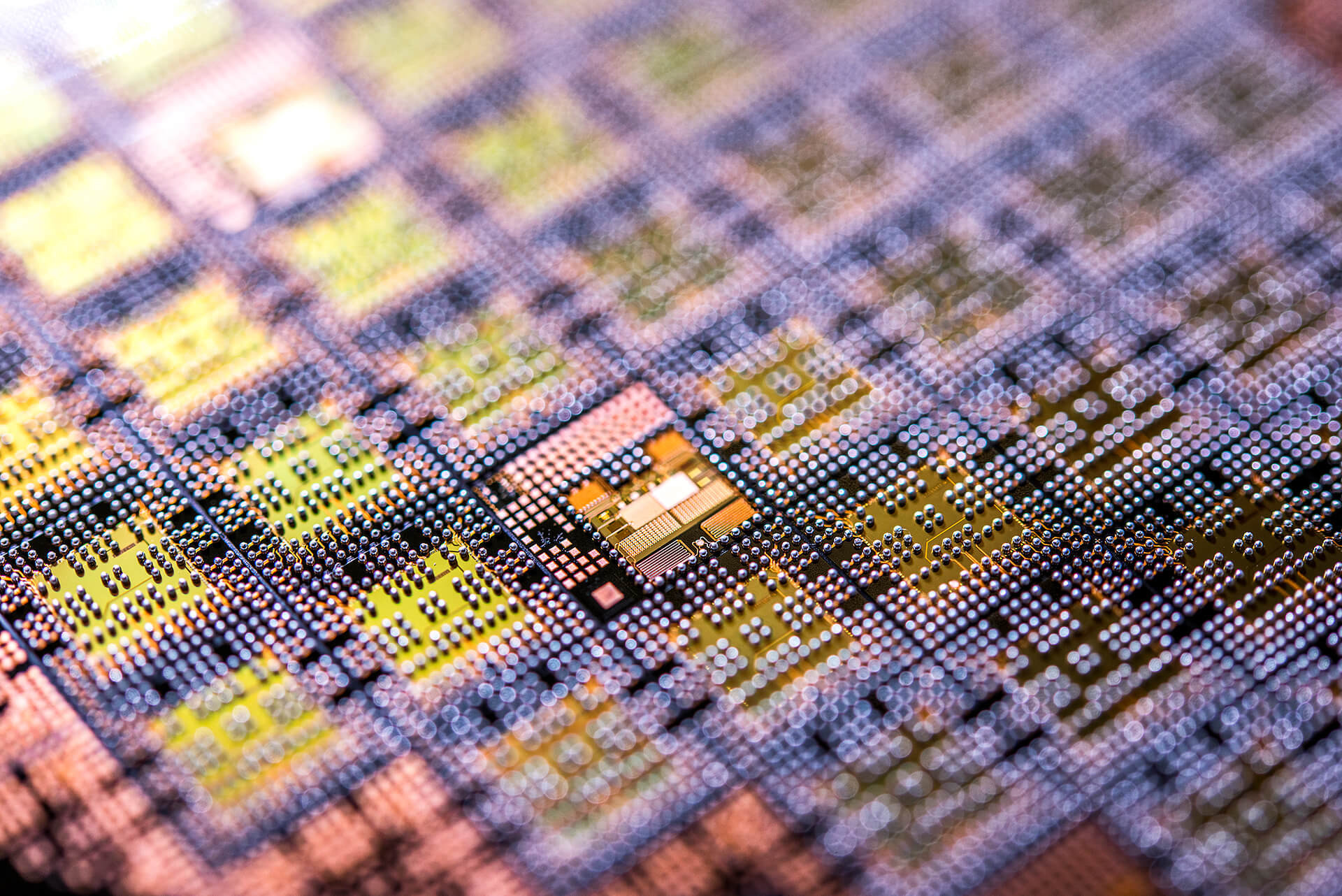

 Gebärdensprache
Gebärdensprache
 Leichte Sprache
Leichte Sprache


